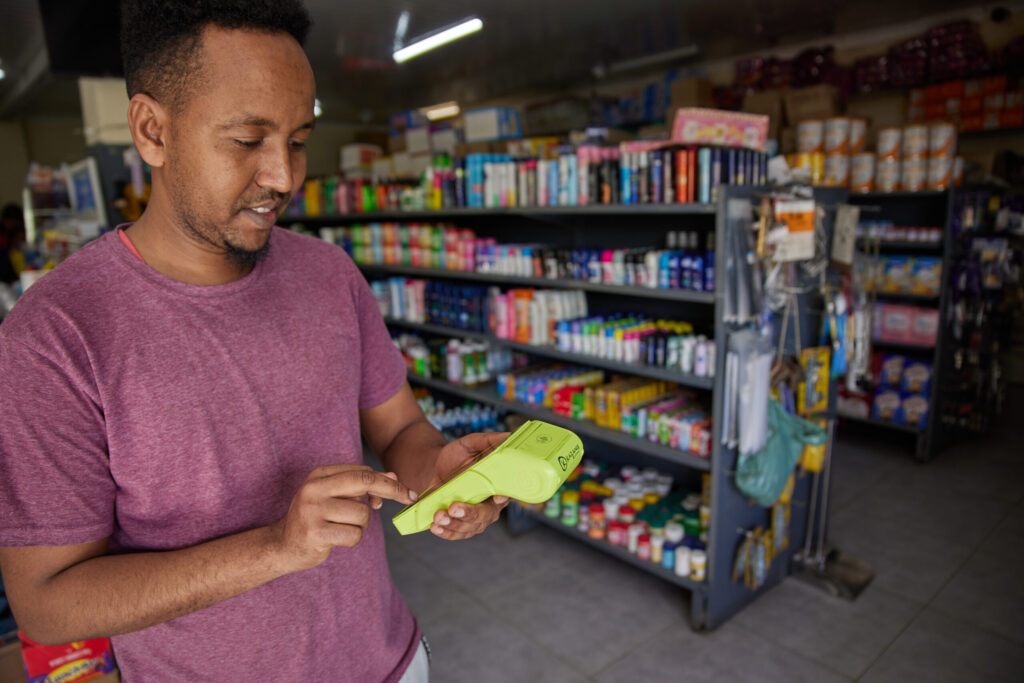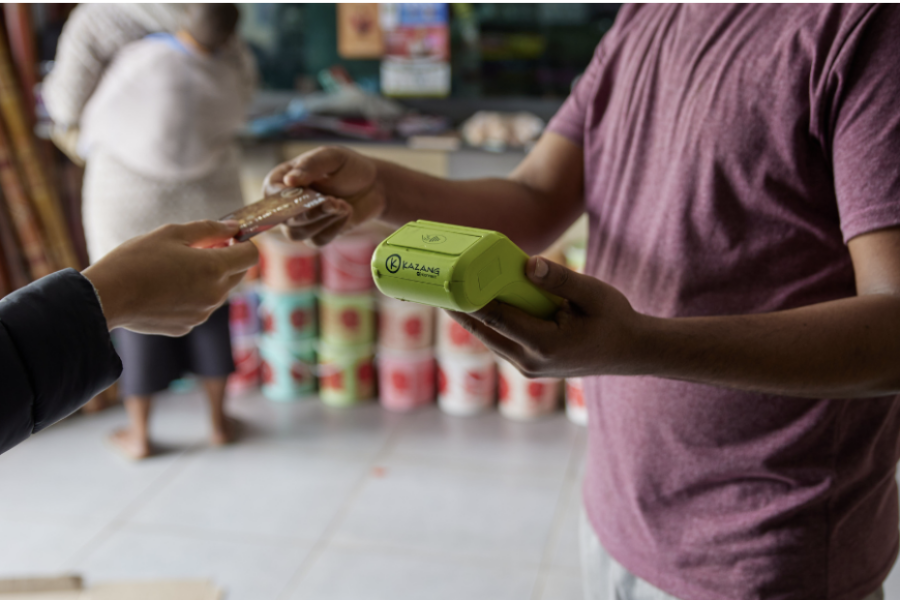Throughout South Africa’s townships, rural and peri-urban areas consumer behaviour is changing as card device penetration grows.
This indicates that merchant acceptance in the informal and micro-merchant sectors is a missing link in payments digitalisation in South Africa.
That’s according to Martin Wright, CEO of Kazang, the prepaid value-added services (VAS) and card acquiring business within NASDAQ and JSE-listed fintech Lesaka Technologies.
He says that the increased availability of affordable card acceptance is transforming the micro-merchant sector as merchants and consumers alike embrace the convenience of cards. Attractive transaction fees as well as free terminal hardware with no monthly rental for small retailers that meet a modest transaction threshold each month are also transforming these sectors, making it increasingly attractive for micro and informal merchants to take card payments.
Convergence of these two trends
“Because it has become so quick and easy to open a bank account in South Africa and because so many people carry SASSA debit cards, penetration of cards has increased significantly over the past few years,” says Wright.
“At the same time, fintech companies have made it simpler and more affordable for micro-merchants to accept card payments,” he adds. The convergence of these two trends has seen massive progress in digitalisation of the informal sector over the past three years. “This trend is creating significant spinoffs in driving inclusion and economic growth in communities that were traditionally outside the financial mainstream,” says Wright.
Transaction volumes
According to the Lesaka Informal Economy Digitalisation Index, Kazang has transitioned from almost 100% of its merchants’ wallet top-ups being in cash in 2020, to under 60% at the end of 2023. This is a significant swing over its transaction base of R2 billion per month, and is driven by the increasing number of their customers paying digitally rather than with cash.
More than 90% of these digital volumes are from debit cards, suggesting significant shifts in merchant and consumer behaviour.
One of the key factors behind the numbers is the investment fintechs have made into increasing card acceptance terminal penetration.
Kazang, for example, operates a network of approximately 90,000 value-added services (VAS) devices processing around three million transactions daily. Some 50,000 of these terminals are enabled to take card payments.
Hubs for daily essentials
“One of the trends we’re see among our merchants is that their average ticket size is R100,” says Ashley Naidoo, director of Kazang Pay.
This implies that the micro-merchant has become the go-to for daily essentials in townships and rural areas.
“More spend appears to be moving to micro-merchants, which means that more money is staying within the community,” adds Naidoo.
Naidoo explains that they are seeing a significant spike in transactions on SASSA grant payment days.
“People can buy their prepaid electricity and airtime from a merchant within their community, buy their food staples and even draw cash without needing to spend money on transport. This brings convenience and lower costs to the people who need it most.”
In addition to helping merchants reduce risks and costs of handling cash, card transactions help them grow basket sizes and potentially attract more customers.
“Digitalisation can also simplify tracking sales and create a footprint that could make it easier for them to access loans and other financial services,” says Naidoo.
Features such as a digital wallet linked to the card terminal add even more value.
“Card transactions are instantly settled in this wallet and merchants can pay suppliers from wallet funds. This reduces the security risks associated with cash delivery and helps merchants to manage their operating capital more efficiently,” explains Naidoo.

